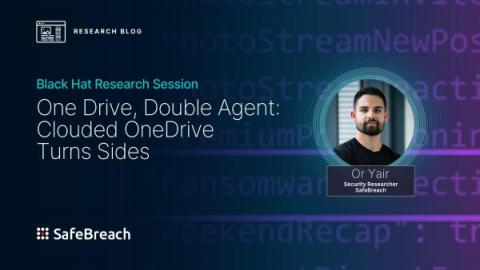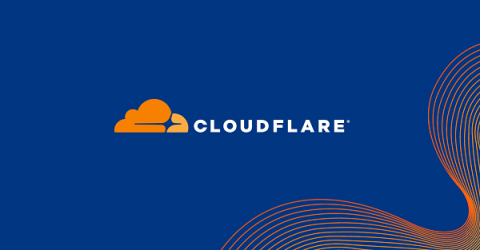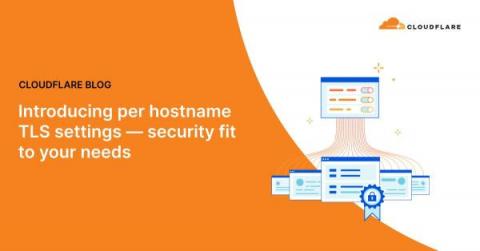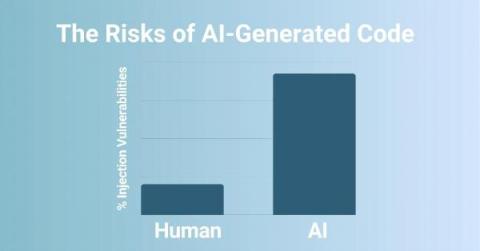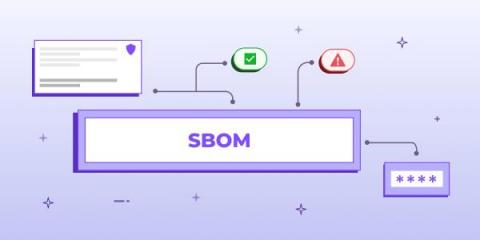One Drive, Double Agent: Clouded OneDrive Turns Sides
Over the past few years, ransomware has emerged as one of the most significant cybersecurity threats. Recent research conducted by Sophos indicates that the situation is becoming increasingly dire. Notably, the payments demanded by ransomware groups have surged, making the attacks even more costly for victims. Additionally, an alarming 66% of organizations have reported being targeted by ransomware attacks in the last two years alone.


